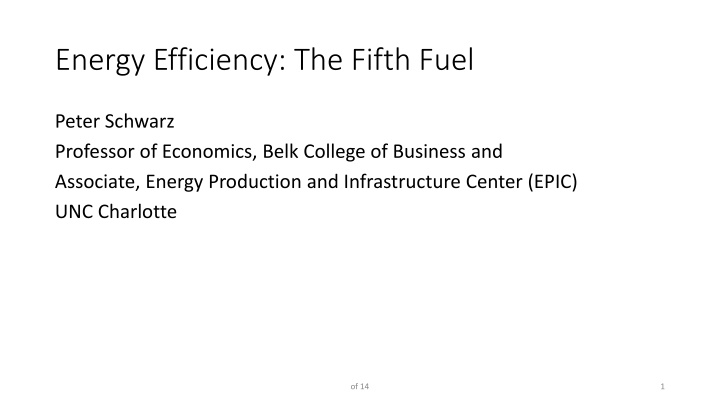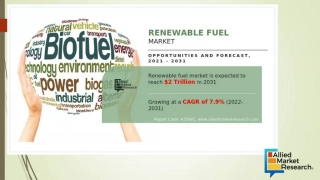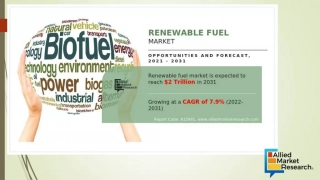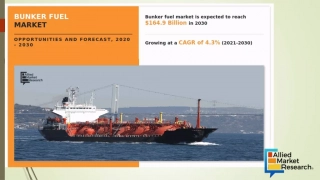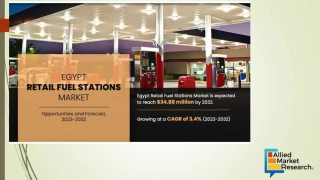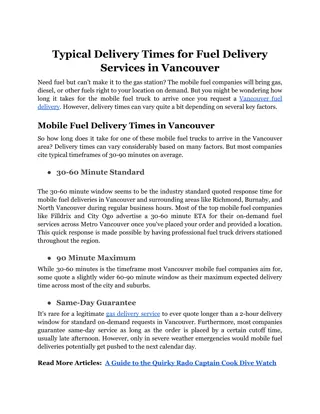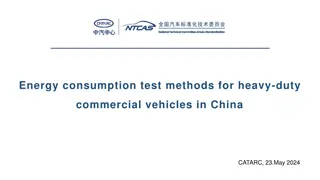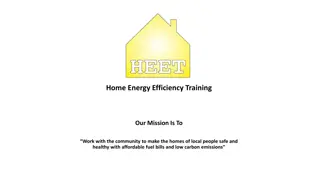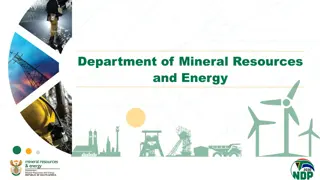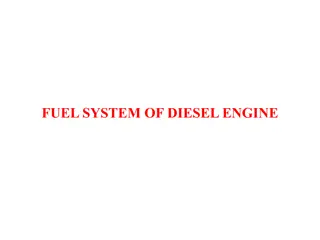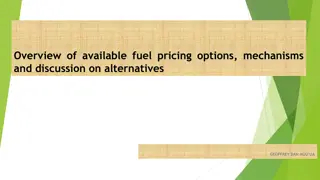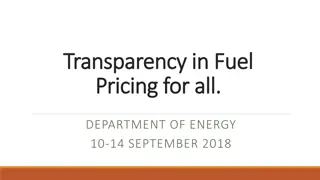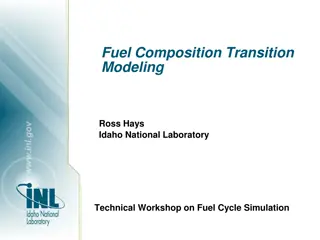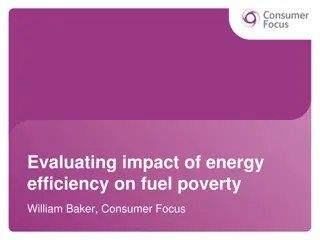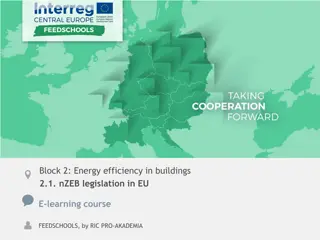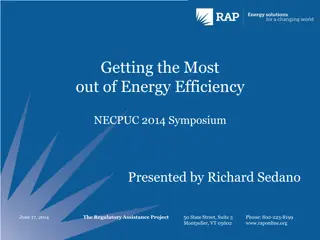Energy Efficiency: The Fifth Fuel and Economic Perspectives
This content delves into the significance of energy efficiency as the fifth fuel, exploring its impact on economic efficiency, production, consumption, and government interventions. Discussions include comparisons between energy efficiency and conservation, the concept of negawatts, the relationship between energy intensity and economic efficiency, and potential market failures. Various viewpoints from experts like Peter Schwarz and Amory Lovins offer insights into the role of energy efficiency in mitigating emissions and improving overall economic efficiency.
Download Presentation

Please find below an Image/Link to download the presentation.
The content on the website is provided AS IS for your information and personal use only. It may not be sold, licensed, or shared on other websites without obtaining consent from the author.If you encounter any issues during the download, it is possible that the publisher has removed the file from their server.
You are allowed to download the files provided on this website for personal or commercial use, subject to the condition that they are used lawfully. All files are the property of their respective owners.
The content on the website is provided AS IS for your information and personal use only. It may not be sold, licensed, or shared on other websites without obtaining consent from the author.
E N D
Presentation Transcript
Energy Efficiency: The Fifth Fuel Peter Schwarz Professor of Economics, Belk College of Business and Associate, Energy Production and Infrastructure Center (EPIC) UNC Charlotte of 14 1
Outline Introduction Energy Efficiency and Economic Efficiency Energy Efficiency in Production and Consumption Energy Efficiency Gap Rebound Effect Government Intervention to Encourage Energy Efficiency of 14 2
Introduction (1) Introduction (1) Conservation: Turn down the thermostat in winter. EE: Maintain the thermostat setting, but add home insulation. Energy Efficiency (EE) The Fifth Fuel Coal, NG, Nu, Renewables, EE Daniel Yergin The First Fuel Boeing 787 Dreamliner Speed vs. fuel efficiency EE vs. Conservation Conservation Save energy by consuming fewer energy services EE Reduce energy while consuming the same amount of services Or use the same amount of energy while consuming more services. EE = Energy Output/Energy Input Output could be comfort, as measured by thermostat setting of 14 3
Introduction (2) Introduction (2) Energy efficiency is not the same as economic efficiency Dreamliner has benefits (fuel savings) and costs (lighter materials, R & D) Insulation has benefits and costs Former VP Dick Cheney famously said, Conservation is a private virtue, not a basis for (economically) efficient policy. But EE and conservation reduce emissions, and may cost less than nuclear or renewables. So there is potential justification for government to encourage EE. Examine EE, Energy Intensity (EI) from economic perspective EE, Energy Intensity (EI) and economic efficiency EE in production and consumption EE Gap: Do consumers save too little energy? Rebound Effect: Does EE increase EI and partially offset energy savings? Government Intervention: Potential to improve economic efficiency Correct energy efficiency market failures of 14 4
Energy Efficiency and Economic Efficiency (1) Energy Efficiency and Economic Efficiency (1) Amory Lovins: Negawatts: Doing more with less. Energy Efficiency vs. Economic Efficiency Shadow price of CO2 emissions What s wrong with this picture? McKinsey Report (2010) Will you spend $20 on a lightbulb? Should you? Recall CFLs. of 14 5
Energy Efficiency and Economic Efficiency Energy Efficiency and Economic Efficiency (2): Ban the Bulb? Ban the Bulb? DWL from ban on Edison s light (2): DWL from Edison s light Pc s Qc of 14 6
Energy Efficiency and Economic Efficiency Energy Efficiency and Economic Efficiency (3) (3) Energy Intensity (EI) Energy Input/ Output (GDP) Looks like inverse of energy intensity But the two measures can tell different stories EE is more of a micro measure. Part of production process Q = f (K, L, E) EE = Q/E Great Recession: Decrease energy to construct house from 10 to 9 MWhs. Increase in EE. EI is more of a macro measure EI = E/Q, where Q can be GDP. Great Recession House production plummeted. Even though EE increased, EI could increase if Q decreased by a large amount. of 14 7
Energy Efficiency and Economic Efficiency Energy Efficiency and Economic Efficiency (4) (4) EI depends on: Manufacturing vs. services Services less EI than manufacturing. Industry mix within manufacturing Cement, textiles most EI Beverage mfg. low EI. Energy prices Temporary high energy price reduces EI But transitory Long-term high energy price Technological change Reduces EI long-term. of 14 8
Energy Efficiency and Economic Energy Efficiency and Economic Efficiency Efficiency (5) EI declining even when energy use per capita increasing. During recession, EI (kWh/$ GDP) declined. Energy use declined faster than GDP. (5) of 14 9
Energy Efficiency in Production: Energy Energy Efficiency in Production: Energy Input/Product Output Relationship (1) Input/Product Output Relationship (1) Q = f (K, L, E, (M)); K = capital, L = labor, E = energy, M = materials Q/E is EE (APE) Cost minimization MRPE = MFCE MRPE = MPE* PQ Want MP, not AP. MFC = PE Example: A car producer can produce one more car from its automated plant using 100 MWh(1 GWh). Each MWh sells for $100/mWh, and a car sells for $20,000. Do you recommend producing more cars? Solution: Compare MRP to MFC. MRPE = MP*PQ = 1 car*($20,000/car) = $20,000. The MFC = $100/MWh*(100MWh) = $10,000. MRPE > MFCE, so keep producing. Typically, MRP will eventually decline, due to crowding of the fixed capital plant. When we get to the point where MRPE = MFCE, we should stop at that quantity of cars. of 14 10
Energy Efficiency in Production: Energy Energy Efficiency in Production: Energy Input/Product Output Relationship (2) Input/Product Output Relationship (2) Long Run Cost minimization MPE/PE = MPK/PK = MPL/PL Want MP, not AP. E, K can be substitutes or complements. Why does it matter? Isoquant: Q0 = f (E, K) L held constant Isocost (Budget Constraint): B = PEE + PKK Advance in energy technology Q/E increases. But firm better off Energy declining as portion of economy. Price spike has smaller impact than in the 1970s PE increases EE (Q/E) increases, But firm worse off. of 14 11
Energy Efficiency in Production: Energy Energy Efficiency in Production: Energy Input/Energy Output Relationship (3) Input/Energy Output Relationship (3) Keystone Pipeline Would have transported oil from Canadian oil sands Low energy output per unit of energy input No longer worthwhile given low oil prices. Natural gas combined cycle (NGCC) Recycles waste heat Produces more electricity than conventional NG plant Coal Supercritical and ultra-supercritical plants use less coal to generate a unit of electricity than conventional (sub-critical) plant of 14 12
Energy Efficiency in Consumption (1) Energy Efficiency in Consumption (1) You consider whenever you buy a Car House Appliance Maximize your utility subject to a budget constraint Decrease in PE increases insulation (and comfort t ) Rebound: As EE increases, set thermostat at more comfortable level, partially offsetting energy savings Part B will provide details. of 14 13
Energy Efficiency in Consumption: Energy Efficiency in Consumption: Energy Efficiency and Electric Utility Capacity(2) Energy Efficiency and Electric Utility Capacity(2) You buy a programmable thermostat Turn down temperature at night Saves energy (kWh) But not capacity (kW) You buy more energy-efficient air conditioner Saves energy, capacity Except for surge when it comes on. LEED, ENERGY STAR Focus on kWh, not kW. EE programs need to consider both. of 14 14
